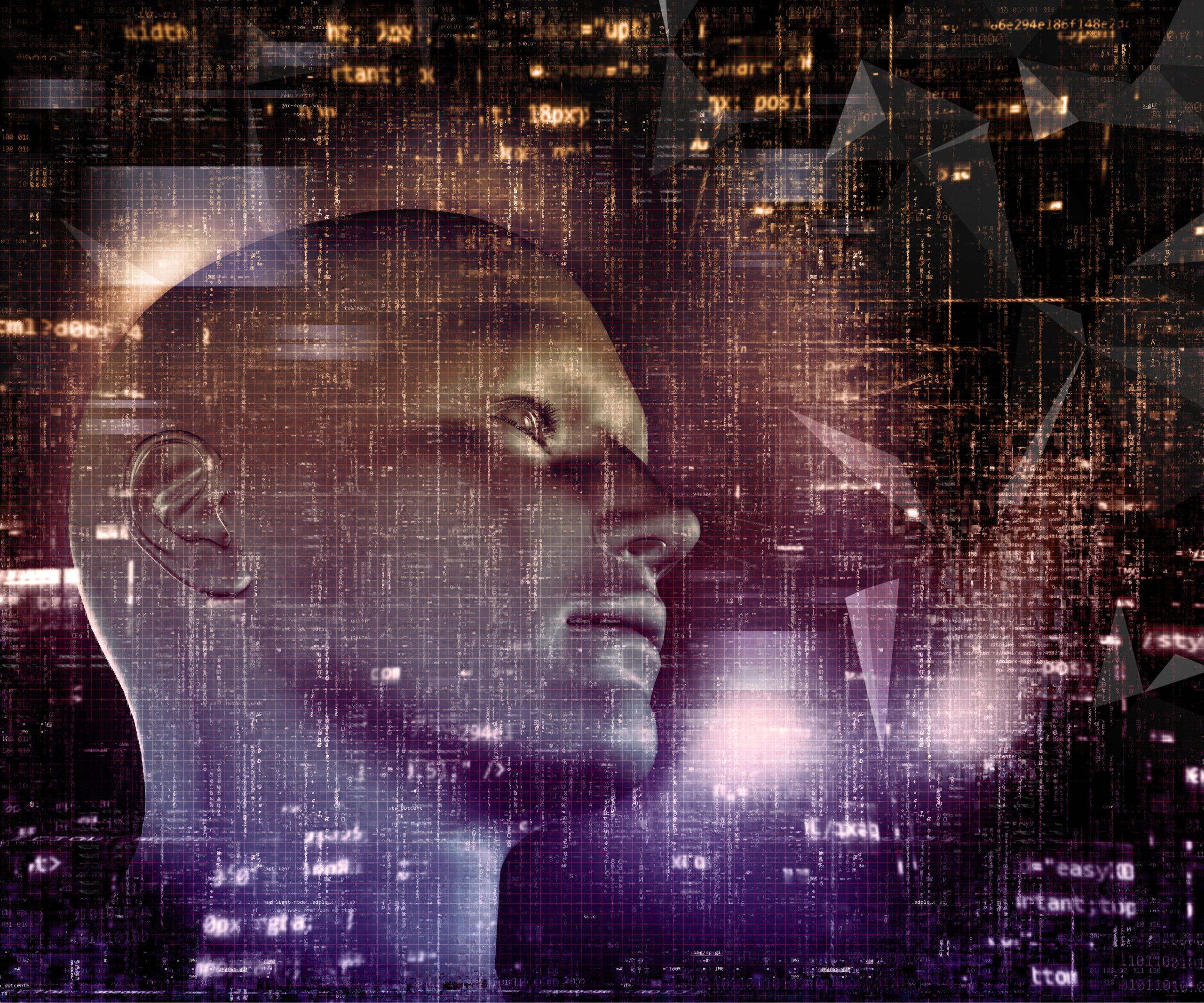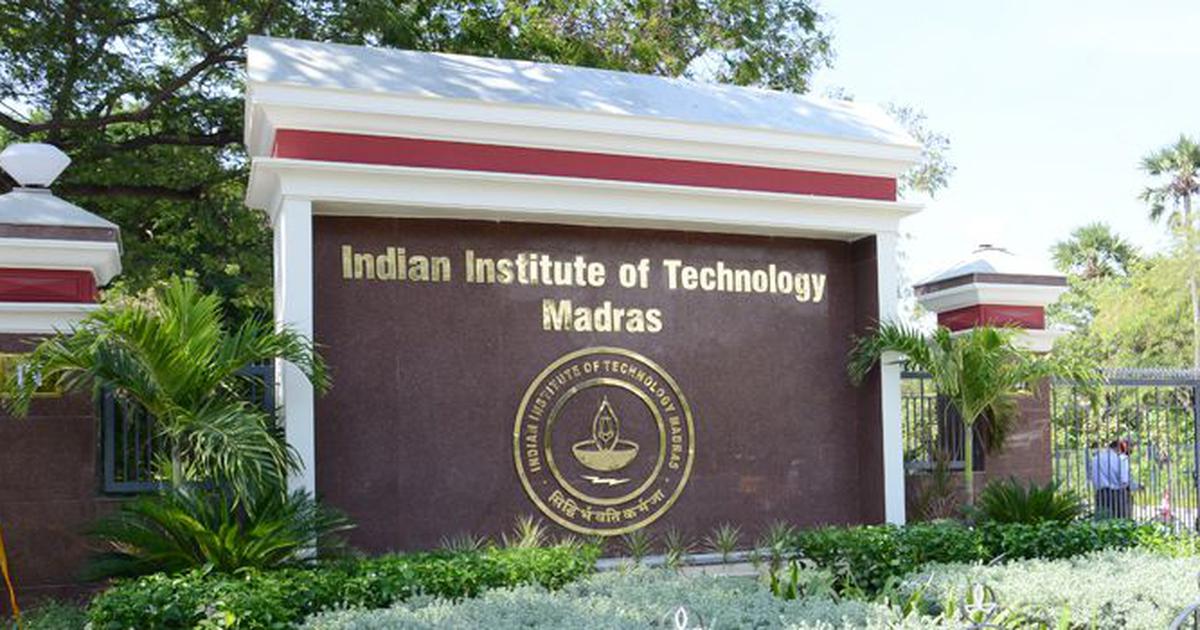Last week, deepfake photographs of top Tollywood star Rashmika Mandanna set the Internet on fire. Just a day or two later, more deepfakes, on this occasion of veteran Bollywood stars Kajol and Katrina Kaif, filled the social media feeds of millions of mobile addicts.
In the ever-evolving tapestry of technological innovation, the emergence of deepfakes has woven a complex narrative that blurs the lines between authenticity and illusion.
A convergence of artificial intelligence, particularly the prowess of Generative Adversarial Networks (GANs), has birthed a transformative yet contentious technology that enables the seamless manipulation of videos and images, conjuring lifelike facades with an unsettling ease. The genesis of a deepfake is an intricate symphony of data orchestration. It commences with the gathering of voluminous datasets, a mosaic of pixels and frames capturing the essence of the unsuspecting target. The more exhaustive the compilation, the more potent the alchemy that follows.
The genesis of a deepfake is an intricate symphony of data orchestration. It commences with the gathering of voluminous datasets, a mosaic of pixels and frames capturing the essence of the unsuspecting target. The more exhaustive the compilation, the more potent the alchemy that follows.
Herein lies the essence of deepfakes – an algorithmic metamorphosis that transcends mere imitation, delving into the realms of hyper-realism. At the heart of the deepfake creation process lies the dance of the Generative Adversarial Network. Picture a duel between a master illusionist and an astute skeptic. The illusionist, representing the generator, conjures synthetic content, while the skeptic, personified by the discriminator, scrutinizes with an unrelenting gaze, attempting to decipher the real from the fabricated. A ballet of binary decisions unfolds, refining the generated content until it becomes an indistinguishable twin of reality.
Fine-tuning, a delicate choreography in the deepfake ballet, refines the nuances of the synthetic creation. Parameters are tweaked, and the model undergoes further training, akin to a virtuoso perfecting a masterpiece. The result? A tapestry of deception so convincing that reality itself might question its own reflection.
Experts agree face swapping emerges as the magnum opus of many deepfakes. The facial features of the unsuspecting subject seamlessly integrate into the source content, transcending mere mimicry to embody the very essence of the target. Expressions, movements, and lighting converge in a digital masquerade where reality becomes an enigmatic dance partner. Yet, with the allure of technological marvels comes a cascade of concerns, a shadow play that challenges the fabric of our society.
Political landscapes tremble in the wake of deepfakes, their potential to fabricate speeches, interviews, and incidents threatening to plunge nations into a maelstrom of manipulated narratives. The dance between illusion and reality extends beyond mere pixels, shaking the very foundations of trust and democratic principles.
Deepfakes have now become a Pandora’s Box, unleashing the spectre of misinformation and fake news. The ethical quagmire deepens as privacy violations materialize, with faces becoming commodities traded in the clandestine market of synthetic manipulation. Political landscapes tremble in the wake of deepfakes, their potential to fabricate speeches, interviews, and incidents threatening to plunge nations into a maelstrom of manipulated narratives. The dance between illusion and reality extends beyond mere pixels, shaking the very foundations of trust and democratic principles.
In response to this digital masquerade, defenders of truth are crafting countermeasures. Detection algorithms emerge as vigilant guardians, scrutinizing videos for patterns, inconsistencies, and digital fingerprints that betray the artifice. Blockchain technology becomes a sentinel, creating an indelible ledger of authenticity to counter the volatile realm of manipulated media.
As we stand at the crossroads of technological marvels and ethical dilemmas, the enigma of deepfakes beckons us to unravel its complexities responsibly. The dance between illusion and reality demands a harmonious symphony of awareness, innovation, and regulatory prowess. Only through such a concerted effort can we navigate the digital masquerade, preserving the sanctity of truth in a world where reality is but a reflection in the pixels of possibility.
Counter measures for deepfakes
Detection Algorithms: Researchers are actively developing algorithms to detect deepfakes. These tools analyze patterns, inconsistencies, and artifacts in videos to identify signs of manipulation.
Blockchain Technology: Implementing blockchain can help establish the authenticity of media content by creating an immutable record of the creation and modification of digital files.
Legislation and Regulation: Governments and tech companies are exploring legal frameworks to regulate the creation and distribution of deepfakes. Laws addressing privacy, consent, and the malicious use of synthetic media are being considered.
Media Literacy: Educating the public about the existence and potential impact of deepfakes is crucial. Media literacy programs can empower individuals to critically evaluate the content they encounter online.



